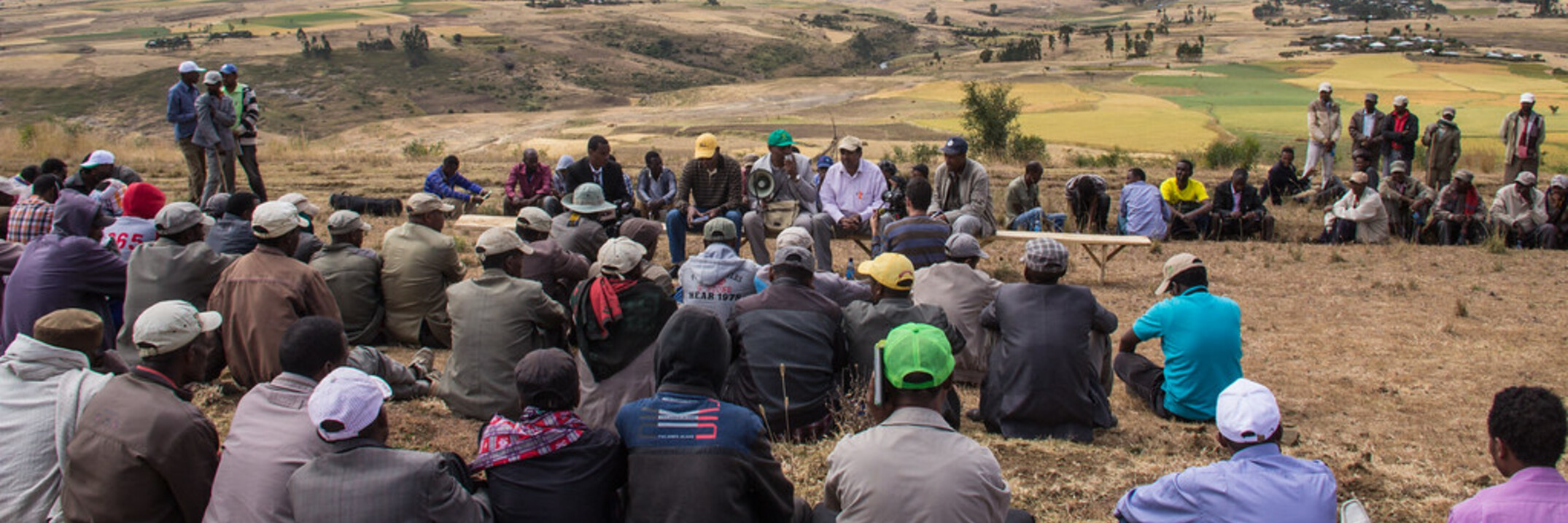In this study, we characterized 30 date palm trees of Khalas cultivar from the GCC countries, along with seven male trees from Qatar, using 14 microsatellite loci. The results showed that the microsatellites [(GA)n] in the date palm cultivar Khalas...


